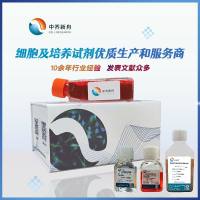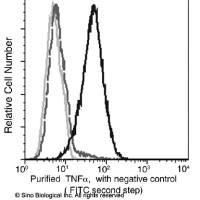Derivation and Culture of Mouse Trophoblast Stem Cells In Vitro
互联网
546
In the mouse preimplantation embryo, the first cell fate determination segregates two morphologically and functionally distinct cell lineages. One is the inner cell mass, and the other is the trophectoderm. A subset of the trophectoderm maintains a proliferative capacity and forms the extraembryonic ectoderm, the ectoplacental cone, and the secondary giant cells of the early conceptus after implantation. A stem cell population of the trophectoderm lineage can be isolated and maintained in vitro under the presence of fibroblast growth factor 4, heparin, and a feeder layer of mouse embryonic fibroblast cells. Such apparently immortal stem cells, trophoblast stem (TS) cells, exhibit the potential to differentiate to multiple cell types in vitro. TS cells also have the ability to contribute to normal development in chimeras. However, TS cells exclusively contribute to the trophoblastic component of the placenta and of the parietal yolk sac, making a striking contrast with embryonic stem cells, which never contribute to these tissues in chimeras. In this chapter, detailed protocols for the isolation and establishment of TS cell lines from blastocysts and their maintenance are described.









